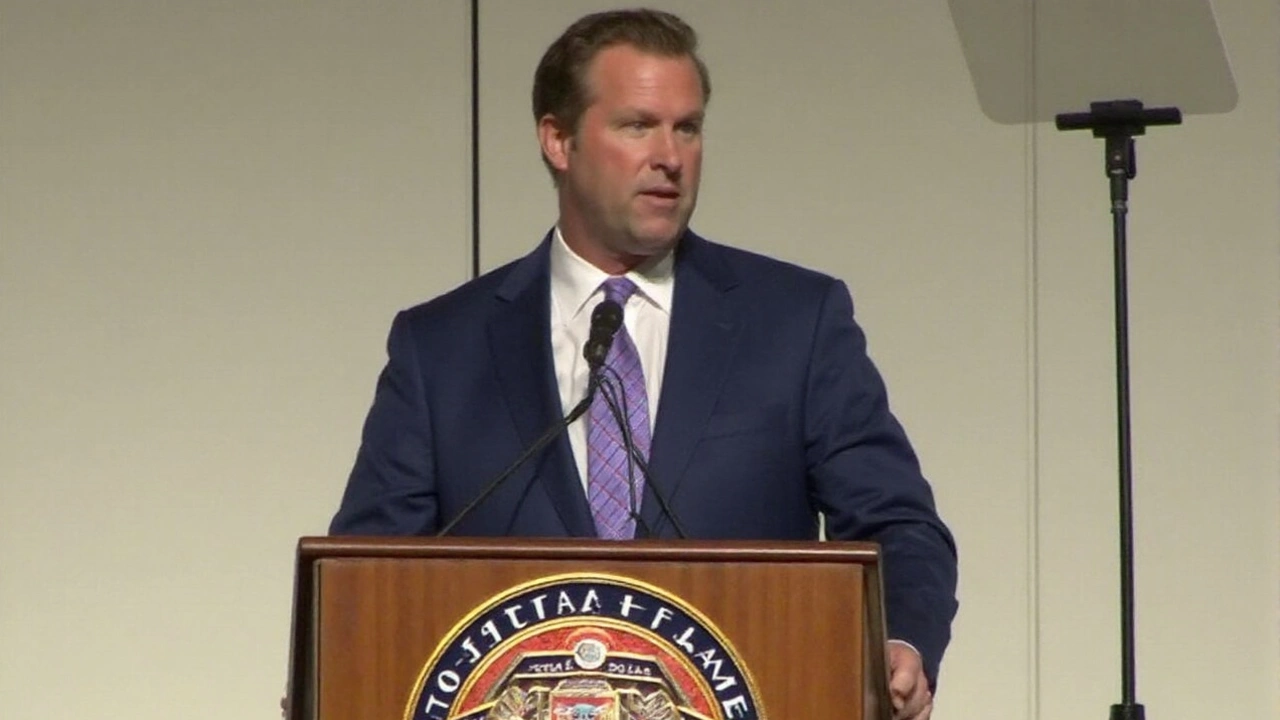The Stories Behind Houston Astros' Retired Numbers
Some numbers in Houston Astros' history will never show up on a lineup card again. The team has honored nine players by retiring their jerseys—sometimes for Hall of Fame careers, other times for heartbreaking reasons that shook the clubhouse. If you look up at Minute Maid Park, you'll spot these special numbers hanging above the field, serving as both a memory and a standard for what greatness, or impact, looks like for this franchise.
The Astros aren't in a rush to hand out this honor. The last time they retired a number was back in 2008, after Craig Biggio called time on a Hall of Fame career. Biggio’s No. 7 represents more than just an impressive stat line; he’s the only Astro with over 3,000 hits and a staple from their National League days through the shift to the American League.
No. 5 belongs to Jeff Bagwell, Biggio’s longtime teammate and another Hall of Famer. Bagwell’s 2007 retirement cemented his role as one of the most feared first basemen of his era, leading Houston in homers and RBIs for years. Then there’s Nolan Ryan: wearing No. 34 with the Astros from 1980 to 1988, ‘the Ryan Express’ threw four no-hitters in Houston colors—yet his Hall of Fame plaque features a Rangers cap. Still, he was too legendary in orange and navy to be left out by the Astros brass.
- Jimmy Wynn, No. 24: Known as the "Toy Cannon", Wynn provided power in the franchise’s early days, slugging over 20 homers six times from the outfield.
- José Cruz, No. 25: A key attacker through the 1970s and 80s, Cruz picked up two Silver Sluggers and is still beloved by Houston fans for his style and loyalty.
- Mike Scott, No. 33: His 1986 Cy Young season got Houston into the NLCS and his split-finger fastball became mythical in franchise lore.
- Larry Dierker, No. 49: Dierker was both an All-Star pitcher and successful manager—the rarest kind of franchise icon who could win on the field and from the dugout.
But it’s not all about stats and titles. Sometimes, heartbreak forces a team to reflect. Jim Umbricht, the original Colt .45 who died of cancer at 33, has his No. 32 up there to honor his courageous battle—he kept pitching despite his diagnosis, right up to his passing in 1964. Don Wilson’s No. 40 is another reminder of fragility: the righty threw two no-hitters and was a cornerstone of Houston’s pitching staff before his accidental death at just 29 years old in 1975.
The Astros’ Approach: From Legends to Hall of Fame Exclusivity
These days, Houston’s front office has tightened things up: a player now needs to be a Hall of Famer to earn a retired number. Everyone else, no matter how beloved, gets honored by a spot in the Astros Hall of Fame or a place on the Walk of Fame outside the park. Darryl Kile’s No. 57? After his tragic passing in 2002, nobody’s been assigned that number, but it’s not officially retired—just respectfully set aside, a nod to his memory without breaking the updated rules.
What’s clear is that, for the Astros, the story behind each retired number goes beyond stats. It’s about lasting influence, legendary feats, and sometimes, loss that reshaped the team. When you visit Minute Maid Park and see those numbers overhead, you’re seeing the franchise’s heart and soul—one jersey at a time.

Arlen Fitzpatrick
My name is Arlen Fitzpatrick, and I am a sports enthusiast with a passion for soccer. I have spent years studying the intricacies of the game, both as a player and a coach. My expertise in sports has allowed me to analyze matches and predict outcomes with great accuracy. As a writer, I enjoy sharing my knowledge and love for soccer with others, providing insights and engaging stories about the beautiful game. My ultimate goal is to inspire and educate soccer fans, helping them to deepen their understanding and appreciation for the sport.
view all postsWrite a comment